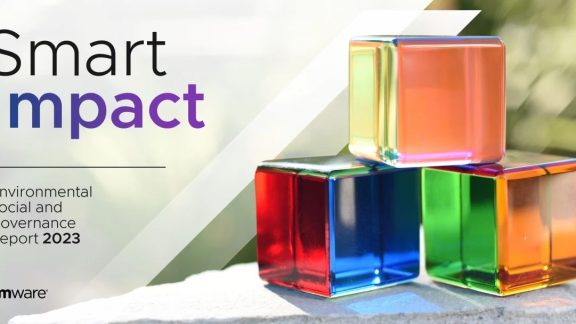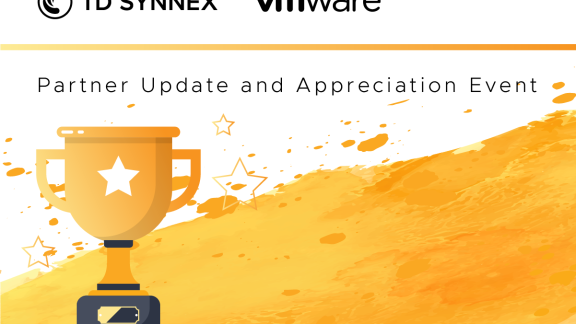By Joe Baguley, January 18 2022.
Environmental, Social and Governance (ESG). Everybody is talking about it, and certainly many organizations are acting on it. In 2020, ESG funds attracted €1.2 billion a month on average from investors.
Yet, for many businesses one big issue remains: how to translate their vision for ESG into a tangible strategy?
This is largely due to an information gap—between “what you should do,” “what you actually need to priorities and why” and “how you can do what’s most important.” There’s an undeniable desire to see business through the lens of ESG but a lack of clarity over how to really get started.
Which is where this new content series—Down to Earth, of which I am honored to be the first to contribute to—comes in. Along with select colleagues who are leading voices in their respective fields, we are hoping to provide clarity and tangible guidance on how to bridge the gap between aspiration and the reality of making responsible organizational change.
So, what exactly is ESG? To be clear, it is not CSR 2.0. It’s a response to rising pressure from consumers for businesses to commit to and demonstrate their part in driving change to be more sustainable, inclusive, and socially responsible. And to do that in a way that is measurable.
And with that in mind, this first piece looks at how to sell the ESG vision to the board and, from there, make it a commercial success. Because, ultimately, it needs to make business sense and deliver commercially to be an intrinsic part of your business.
How to Sell ESG
From my perspective, there are three key steps that you need to take when selling your ESG vision.
Step 1: Be a Leader of Change
There are various stakeholder groups when it comes to ESG—external (investors, customers), internal (board members, employees) and those in between (suppliers, communities). They all have an interest and are impacted by any ESG strategy that a company introduces.
That said, in its simplest form, an ESG program is a change program—one that needs to be led from the top. Studies have shown that it’s the CEOs and CFOs that are held responsible for ESG strategies today—a big change from previous corporate sustainability initiatives that tended to sit with HR, office managers or particularly passionate employees.
So, the first step is to acknowledge the responsibility of leading ESG change at the executive level, and to then build the case for why the board needs to consider this strategically significant. Identify willing and relevant stakeholders within the business, to develop a holistic strategy that represents the passion and needs of the whole business and goes deeper on the practicalities of introducing change. This was exactly the approach we took to develop 30 cross-functional ESG goals to meet by 2030. This is what we call our 2030 Agenda—all of which are a blueprint to achieve three business outcomes of sustainability, equity, and trust.
Step 2: Create Your Business Plan
Once the direction is established, your stakeholders will need to be able to see how you can get there.
There is already a huge amount of data and examples publicly available showing why ESG is commercially vital. Take advantage of these, use them to reinforce your conviction and also inform the different tangents of your business plan.
It is a fact, for example, that customer loyalty lies with ESG. VMware research found that more than one in every three consumers (35%) would be willing to pay more for goods or services from a firm that has demonstrated how it is using renewable energy and supporting the transition to net-zero emissions. A further third say they would stop engaging with companies/buying brands if they don’t publicly share their ethical policies.
Investors, meanwhile, are clear that they want to keep investing in “good” and are planning to double their allocations to sustainable products over the next five years.
And take inspiration from the trailblazers. Research from McKinsey confirms that the most diverse companies are now more likely than ever to outperform less diverse peers. The return on equity for European listed companies was calculated as 11.4% compared to 10.3% on average between 2005 and 2007.
Step 3: Don’t Rewrite the Rule Book
We of course can’t all redesign our companies from the ground upwards to be a purely green player. But the truth is that most companies already have an element of ESG in some form or another. So, this is not about blindly hitting CTRL, ALT, DELETE and starting again or shoehorning something new into the business for the sake of it. If it doesn’t feel right for your business today, it won’t likely survive to shape positive change tomorrow.
Rather, this is looking at how to build on current approaches through an ESG lens and working with your select group of internal stakeholders to narrow down a workable list of questions to address. For example:
- What should or should not be introduced as a natural extension of what’s in place today?
- Where are the best opportunities to trial and expand existing ESG relevant practices?
- How can we best assess the holistic impact of our supply chains (both physical and digital)?
- How can we then identify ways in which these can be improved?
- How could ESG further enhance the company’s existing values and purpose?
Get Started Today
Honestly, the main thing is to get started. Patagonia, one of the world’s most well-recognized purposeful brands, still uses fossil fuels to produce some of the outer shells of its coats. But it is transparent about this and the fact that it is still searching for better ways to produce its products. Customers don’t expect you to be perfect from day one.
This is my rallying cry to you to get started today in evolving the collection of “good” executions that your company likely has in place already to develop a strong, impactful ESG strategy that will deliver commercially.
I hope these tips will act as a starting block to help you launch your company’s own strategy forward. And remember to keep an eye out for further blogs in this series coming soon with more down-to-earth, practical guidance on ESG.
If you’d like to hear more about how we are enabling our customers and partners to achieve their own ESG goals, visit ESG at VMware and also read our 2021 ESG Report.
About the Author:
Vice President and CTO, EMEA, VMWARE




